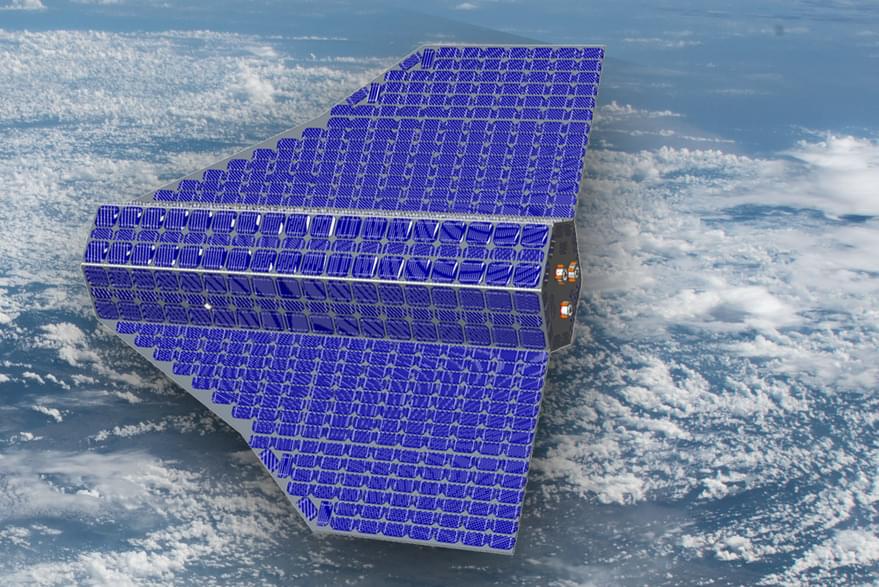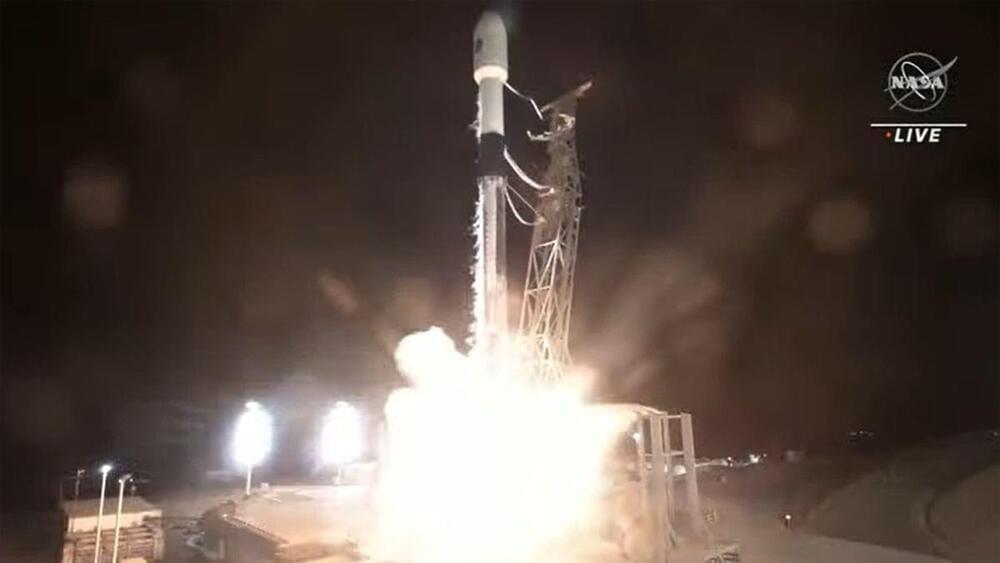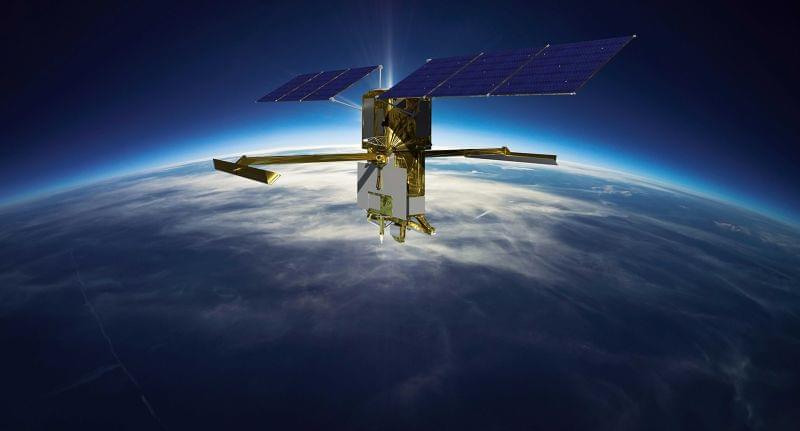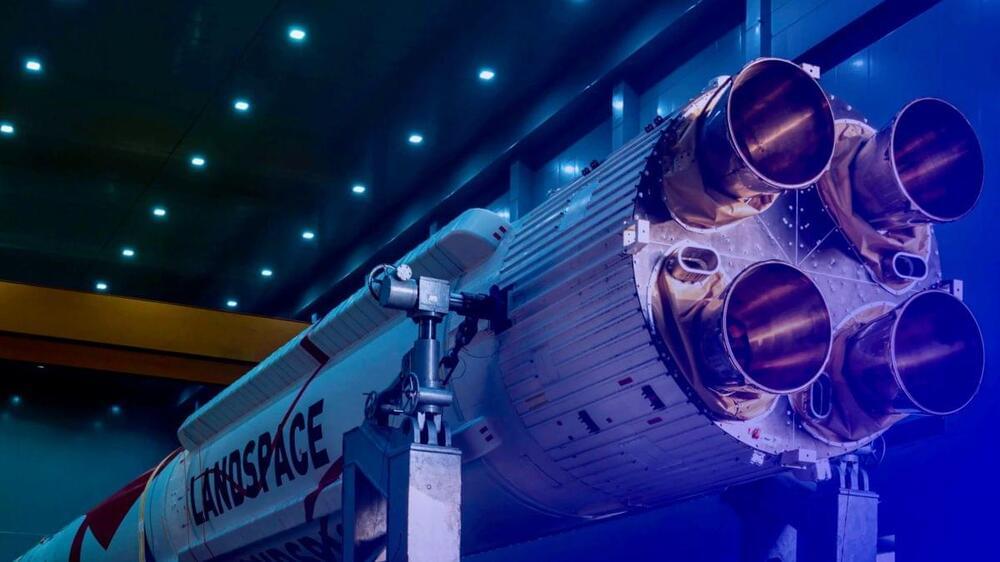
The science of meteorology has taken tremendous strides in the past two decades thanks to a confluence of several inputs: improved computing power; better modeling of data; more observational data points ranging from the device in your hand to the satellites orbiting earth; and advanced data science applications. As recently as two decades ago, providing an accurate forecast three to four days out was considered innovative. Today a five-day forecast is accurate about 80 percent of the time. Most weather experts are predicting even more extended accuracy by 2030 with the application of artificial intelligence for numerical weather prediction output. But beyond improving accuracy, here are a few other forecasting trends to watch in 2023.
Hyper-relevant Forecasting
Just like other sets of analytics have become more tailored, or localized to the user, weather intelligence is bringing forecast relevancy to an individual organization or entity. A business can determine which risks are most significant to their operations, such as wind gusts, lightning, heavy rains, and ice accretion, and then be alerted when those risk thresholds are met. While there’s growing use among utilities, municipalities and other infrastructure decision makers, hyper-relevant forecasting is growing in other sectors. For example, by combining weather data with purchasing trends and consumer demand data, one grocery chain learned that even a small change in temperature can result in a significant shift in what people buy. The store improved its revenues by modeling this impact and managing inventory accordingly. Even sports teams are applying hyper-relevant forecasting for everything from daily stadium operations to food and beverage decisions and strategic game plays.

















